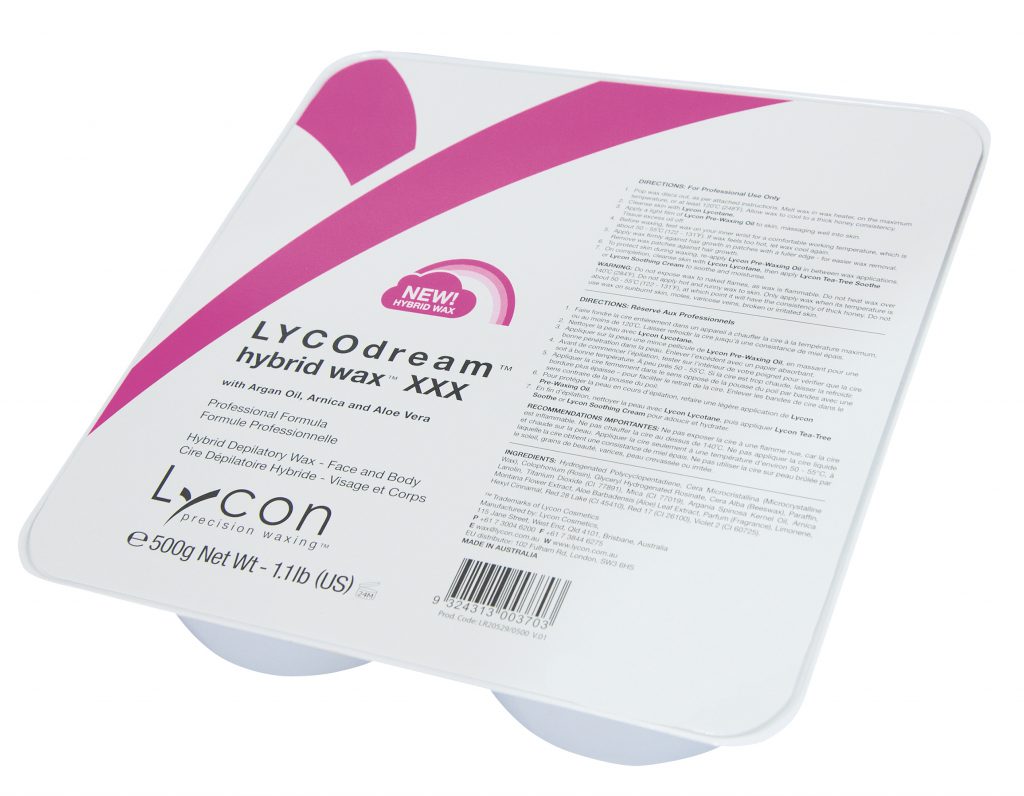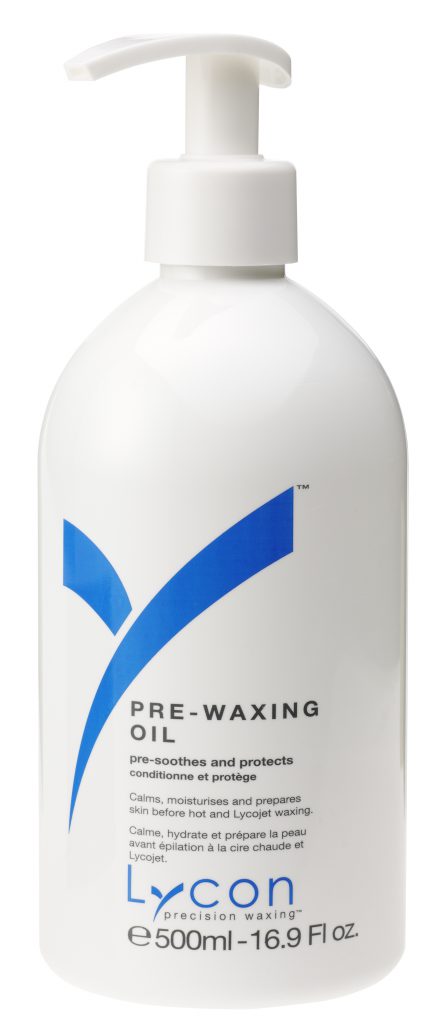The Brazilian has become a staple waxing technique for many salon businesses. But waxing this area can be daunting. Lydia Jordane, founder and CEO of Lycon, gives Professional Beauty her top tips to nailing this sometimes tricky waxing technique.

Why have Brazilians become so mainstream?
Initially it was a bit of a risqué treatment with certain connotations, however it has become the norm and is becoming more so. For most it is a matter of hygiene and a certain confidence to be hair free. Although some clients like some part of their hair left behind. For example a landing strip, as they call it.
There are a few other names for the Brazilian, can you elaborate?
There is the Bikini, which is just at the bikini line, the G-string, which is a high cut wax which includes the bottom area. A Brazilian is actually not all off. If we are in Brazil, a Brazilian would have a landing strip left behind and some hair also left behind over the labia. Some clients also like to have a shape created in front such as a heart or lightning bolt, even an initial. All off is generally really a Hollywood or a Playboy.

Who is asking for Brazilians? Is bikini waxing still popular?
Women and men of all ages are having Brazilians. From late teens to mid ’50s is probably the biggest demographic. Bikini waxing or a G-string bikini is also popular, particularly in older women who are used to this waxing treatment.
Hygiene is important. What sort of prep do you need to do before waxing this area?
It is important to cleanse and refresh the skin with Lycon Lycotane Skin Cleanser. Then apply Lycon Pre-Waxing Oil, which pre soothes the skin before waxing and prevents the wax from sticking to the skin. It makes waxing a lot more comfortable and using the right products during the entire waxing treatment, makes waxing with Lycon practically painless.

What sort of wax do you recommend using for a Brazilian?
We always recommend hot wax for Brazilians. We don’t recommend strip wax for Brazilians, as they don’t remove hair like Lycon hot waxes do. We have lots of great hot waxes and they are all suitable for Brazilians. Our most recent LYCON unique hot wax is LYCOdream Hybrid Hot wax, which is absolutely amazing. It is very low temperature, doesn’t break, and you can reapply it on just waxes areas lots of times. It removes very short hair and waxing lasts longer. With LYCON hot waxes, you hardly ever have to tweeze hairs at the end of waxing, as they remove hair as short as 1mm.
It can be a daunting technique for beauty therapists doing a Brazilian for the first time. What are your three top tips to getting the technique right?
It is important to use the spatula at the right angle when you apply hot wax and to also use pressure as you apply hot wax. The angle of the spatula needs to be like scraping cold butter on toast, which is a great way to make sure the hairs are lifted into the wax and so you get the wax to skin level and not floating amongst the surface of the hairs. Applying the wax to grip the entire length of the hair is very important. Applying pressure with the spatula, as you apply hot wax does not hurt, it just makes it very easy to get the wax to skin level. Apply some wax on a non-hairy area, so you can flick the wax patch up on a non-hairy area, which makes waxing a lot more comfortable. When you remove a wax patch, immediately apply pressure on the skin with you hand, which is soothing to the client. Double dipping is a definite no no
Pain can be an inhibitor for some clients; how much is it realistically going to hurt?
People have different thresholds of pain, so waxing is not painless for everyone. It also depends on the wax that is used as well as the therapist’s skills. But it can be pain free for most with a good quality hot wax, used in conjunction with the recommended pre and post waxing lotions, a correct wax application technique and wax patch removal while supporting the skin, pain can really be a think of the past. If someone has been shaving, the first waxing can be painful, but if they continue to wax and don’t shave, the pain factor will drop to very little or no pain at all after the first time.

How long should a professional Brazilian take?
It depends on lots of things. It can take 10 min or up to an hour. It depends on the wax used, the therapist’s skill and the type of hair growth the client has. Some Brazilians are simply difficult and more care needs to be taken. With regular waxing, the time should become less, even for difficult Brazilians.
Hair must vary between clients. What should I therapist do if the hair is very course?
If the hair is long, it is best to trim it to about 1cm long. Apply pressure when applying the wax, so that you get the wax right down to skin level, making sure hairs are enveloped and held by the wax along the full length of the hair. LYCOdream Hybrid Hot Wax is amazingly effective for any type of hair including course and red heads usually have the toughest hairs.
It’s a sensitive area; what are the rules on re-applying wax over the area you have just waxed?
Not a problem at all. As long as you apply Lycon Pre-Waxing Oil in between each wax reapplication, you can reapply Lycon hot wax at least five times. I don’t stop until I get all the hair out because some clients have tough hair and hair that grows in lots of different directions, so you must be able to reply the wax a few times without causing problems.

A lot of salons offer Brazilian waxing, but not everyone has been trained properly or is using good quality wax. What problems can arise?
If you do not use the right products, waxing will be painful and will turn clients off. There are many things that can happen using poor quality products including bruising and pigmentation (which happens when skin is removed). You can also miss a lot of hairs and short hairs are not removed. When a therapist uses the right products clients are surprised that the pain was nothing like they imagined. They are so happy to come back and to recommend you.
Are there any skin issues that shouldn’t be waxed?
Yes a therapist should avoid waxing varicose veins, sunburn, psoriasis, eczema, hairy moles, new scars, skin irritations and acne.

